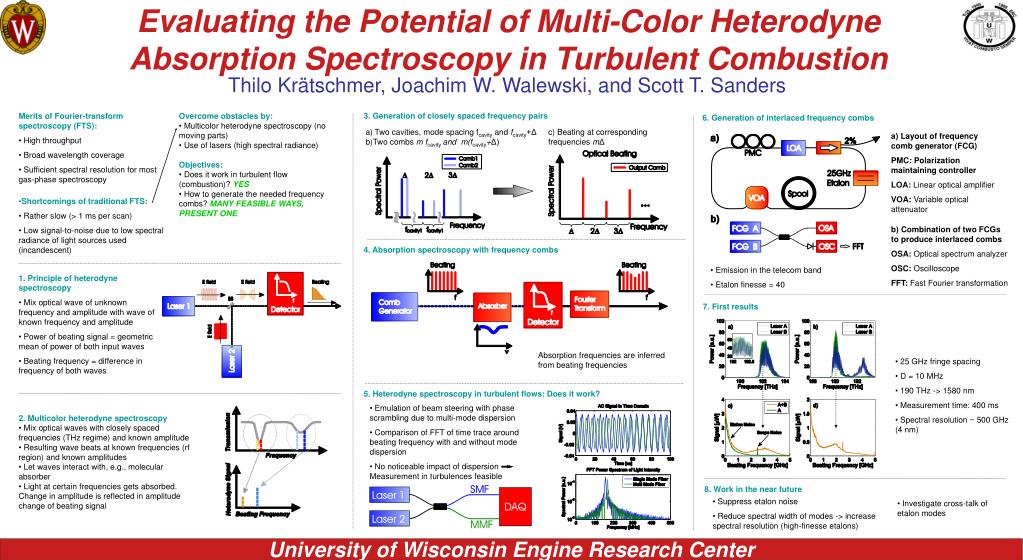
What happens in UV-Vis spectroscopy?
UV-Vis Spectroscopy (or Spectrophotometry) is a quantitative technique used to measure how much a chemical substance absorbs light. This is done by measuring the intensity of light that passes through a sample with respect to the intensity of light through a reference sample or blank.
How does UV-Vis process data?
0:208:04UV-Vis Tutorial | Part 3: Data Analysis - YouTubeYouTubeStart of suggested clipEnd of suggested clipIf on the UV vis you measured the peak absorbance at 1 you would multiply that by 100 which givesMoreIf on the UV vis you measured the peak absorbance at 1 you would multiply that by 100 which gives you a dilution corrected Peak absorbance value of 100.
What causes absorption in UV spectroscopy?
The non-bonding orbital has a higher energy than a pi bonding orbital. That means that the jump from an oxygen lone pair into a pi anti-bonding orbital needs less energy. That means it absorbs light of a lower frequency and therefore a higher wavelength.
What is absorbance in UV spectroscopy?
Absorbance (on the vertical axis) is just a measure of the amount of light absorbed. The higher the value, the more of a particular wavelength is being absorbed.
Why molecules absorb in UV visible region?
Ultraviolet-visible absorption is a process where a molecule absorbs ultraviolet or visible light that excites electrons (makes them high energy). This energy causes an electronic transition from a ground state (non excited) to an excited state.
How can UV VIS spectroscopy be used to determine the concentration of a substance?
This article more specifically explores techniques when using a spectrophotometer to determine concentration of an analyte. A UV/VIS spectrophotometer measures the intensity of light passing through a sample solution in a cuvette, and compares it to the intensity of the light before it passes through the sample.
What affects absorbance in UV-Vis?
Absorbance measures the amount of light with a specific wavelength that a given substance prevents from passing through it. The two main factors that affect absorbance are concentration of the substance and path length.
What compounds increase UV absorption?
Inorganic compound are increased uv radiation absorption.
How does wavelength affect absorbance?
A wavelength longer than the peak absorbance and shorter than the peak absorbance will result in more light being recorded by the detector. You can determine peak absorbance by taking several readings of the same sample and varying the wavelength of the spectrophotometer.
How does absorbance work?
Absorbance is calculated based on either the amount of light reflected or scattered by a sample or by the amount transmitted through a sample. If all light passes through a sample, none was absorbed, so the absorbance is zero and the transmission is 100%.
How does the spectrophotometer measure absorbance?
Absorbance is measured using a spectrophotometer or microplate reader, which is an instrument that shines light of a specified wavelength through a sample and measures the amount of light that the sample absorbs.
What is the difference between absorbance and absorption?
The term absorption refers to the physical process of absorbing light, while absorbance does not always measure only absorption; it may measure attenuation (of transmitted radiant power) caused by absorption, as well as reflection, scattering, and other physical processes.
What factors will affect absorbance?
One factor that influences the absorbance of a sample is the concentration (c). The expectation would be that, as the concentration goes up, more radiation is absorbed and the absorbance goes up. Therefore, the absorbance is directly proportional to the concentration. A second factor is the path length (b).
What is required for a molecule to absorb a photon?
Atoms and molecules can absorb radiation (a photon) only if their structure has an energy difference between levels that matches the photon's energy (hc/λ). Otherwise, the atom or molecule will not absorb the light.
Why do molecules absorb light?
Molecular absorption is a process in which light energy with certain wavelength is absorbed by a molecule during the interaction with light, promoting the molecule from ground state to higher energy excited states.
Does temperature affect absorbance?
The absorption of aqueous glucose decreases with the increasing of temperature, also the absorbance decreases.